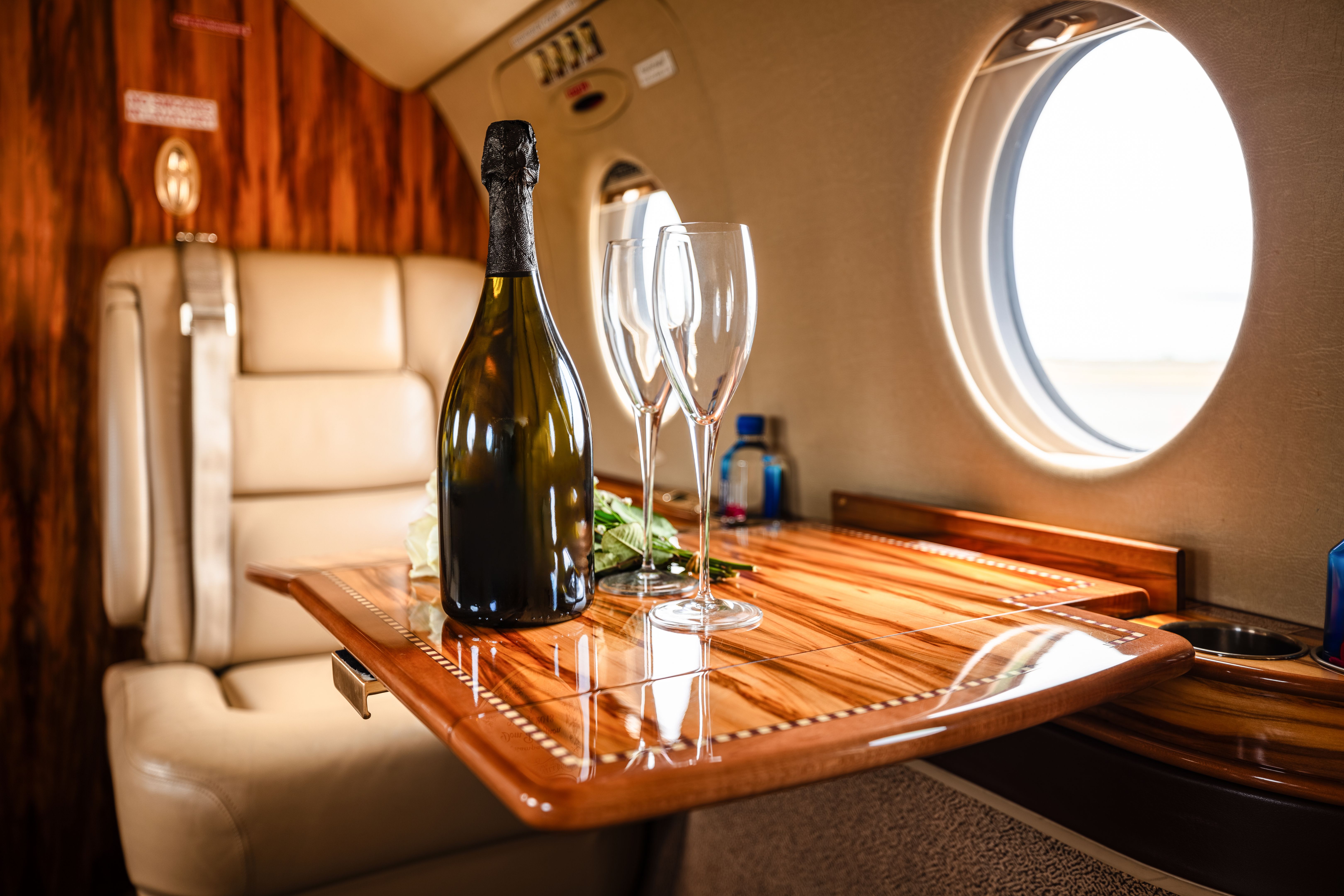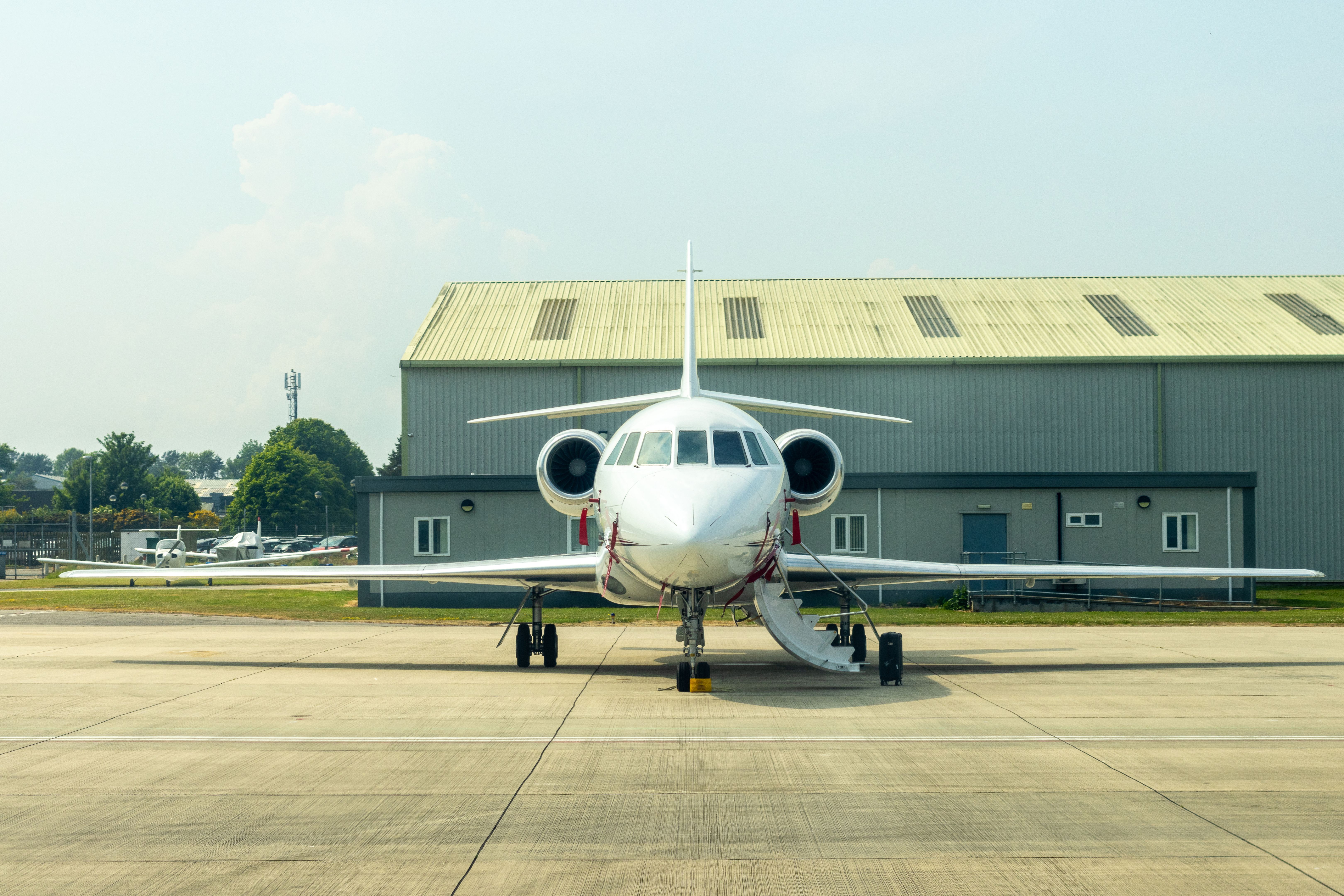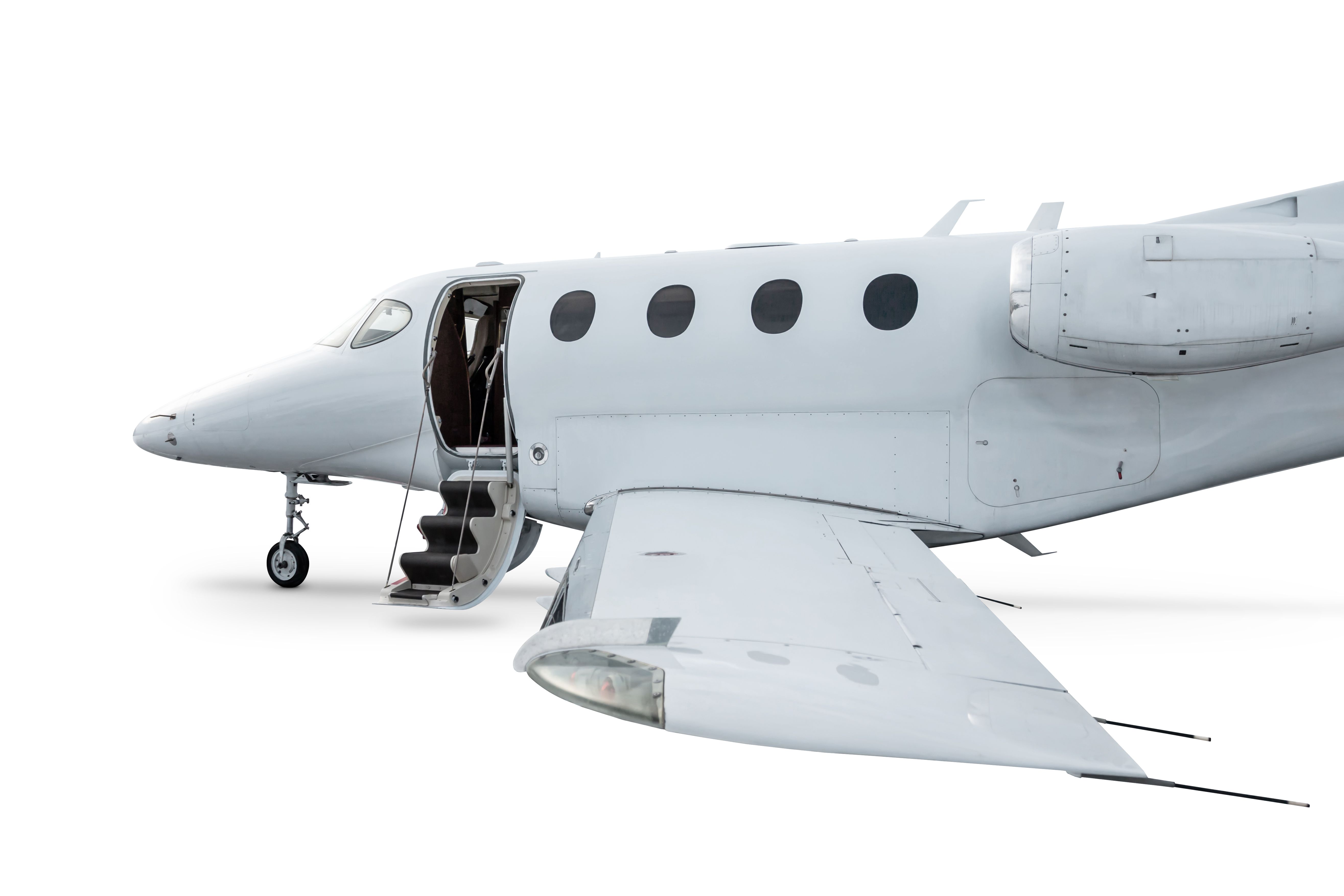Comparing Private Aircraft Ownership, Charter, and Fractional Ownership
Understanding Private Aircraft Ownership
Owning a private aircraft is often seen as the ultimate expression of luxury and convenience. It provides unparalleled flexibility, allowing you to travel according to your own schedule. However, this option comes with significant costs. The purchase price of a private jet can range from several million to over $50 million, depending on the model and features.
Beyond the initial investment, there are ongoing expenses such as maintenance, crew salaries, insurance, hangar fees, and fuel. These operational costs can add up quickly, making private ownership a substantial financial commitment. For those who frequently travel long distances and require immediate availability, the benefits may outweigh the costs.

The Benefits of Chartering a Private Jet
Chartering a private jet offers flexibility without the responsibilities and costs of ownership. This option allows you to select different aircraft based on the requirements of each trip. Whether you need a small jet for a short trip or a larger aircraft for international travel, chartering provides versatility.
Chartering is ideal for those who fly infrequently or have varied travel needs. You pay only for the time you use the aircraft, which can be a more economical option for occasional flyers. Additionally, charter services handle all logistical aspects, including crew and maintenance, so you can focus solely on your travel experience.

Comparing Costs and Flexibility
When comparing private aircraft ownership and chartering, cost and flexibility are key factors to consider. Ownership involves higher fixed costs but offers the greatest control over your aircraft and schedule. Chartering, on the other hand, provides lower fixed costs but with some limitations on availability and choice during peak travel times.
Exploring Fractional Ownership
Fractional ownership combines elements of both ownership and chartering. In this model, multiple owners share an aircraft, dividing both the purchase price and operating costs proportionally. This option provides more access than chartering while reducing individual financial burden compared to full ownership.
Fractional ownership typically includes a management company that oversees aircraft maintenance, crew scheduling, and other logistics. Owners benefit from having more control over their travel schedule compared to chartering, while still enjoying reduced costs.

Evaluating Travel Needs and Frequency
When deciding between these options, consider your travel needs and frequency. Frequent flyers with specific requirements may find full ownership advantageous despite the high costs. Those with variable travel schedules might benefit from the flexibility of chartering or fractional ownership.
For business travelers or companies looking to provide mobility solutions for executives, fractional ownership can strike a balance between cost-effectiveness and availability. Understanding your specific travel patterns is crucial in making an informed decision.
Making an Informed Choice
Each option—ownership, chartering, or fractional ownership—comes with its own set of advantages and drawbacks. Consider factors such as upfront costs, operational expenses, control over schedule, and frequency of use when evaluating which option best suits your needs.
Ultimately, the decision should align with your lifestyle, budget, and travel preferences. Consulting with aviation experts can provide valuable insights and help tailor a solution that maximizes your investment in private air travel.

